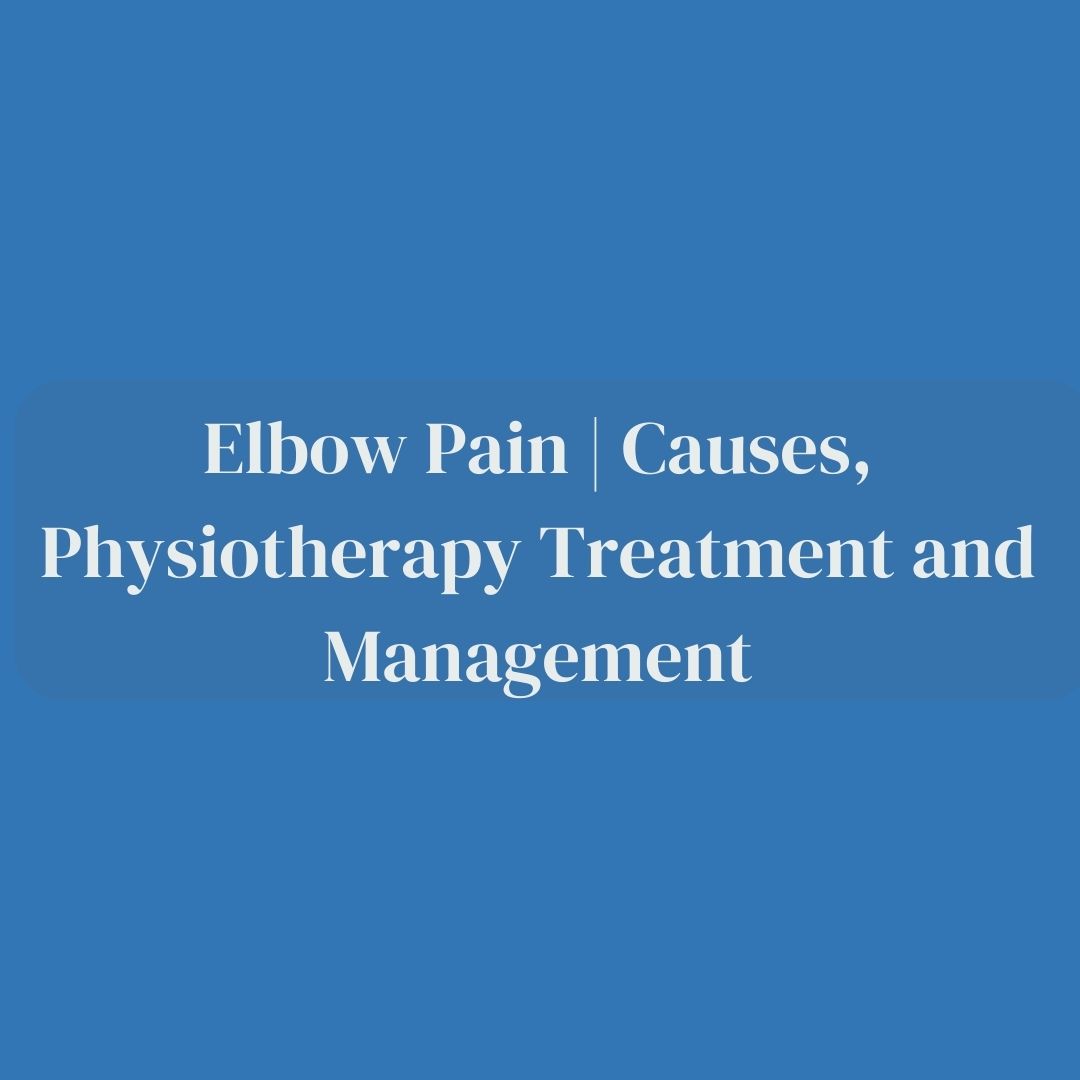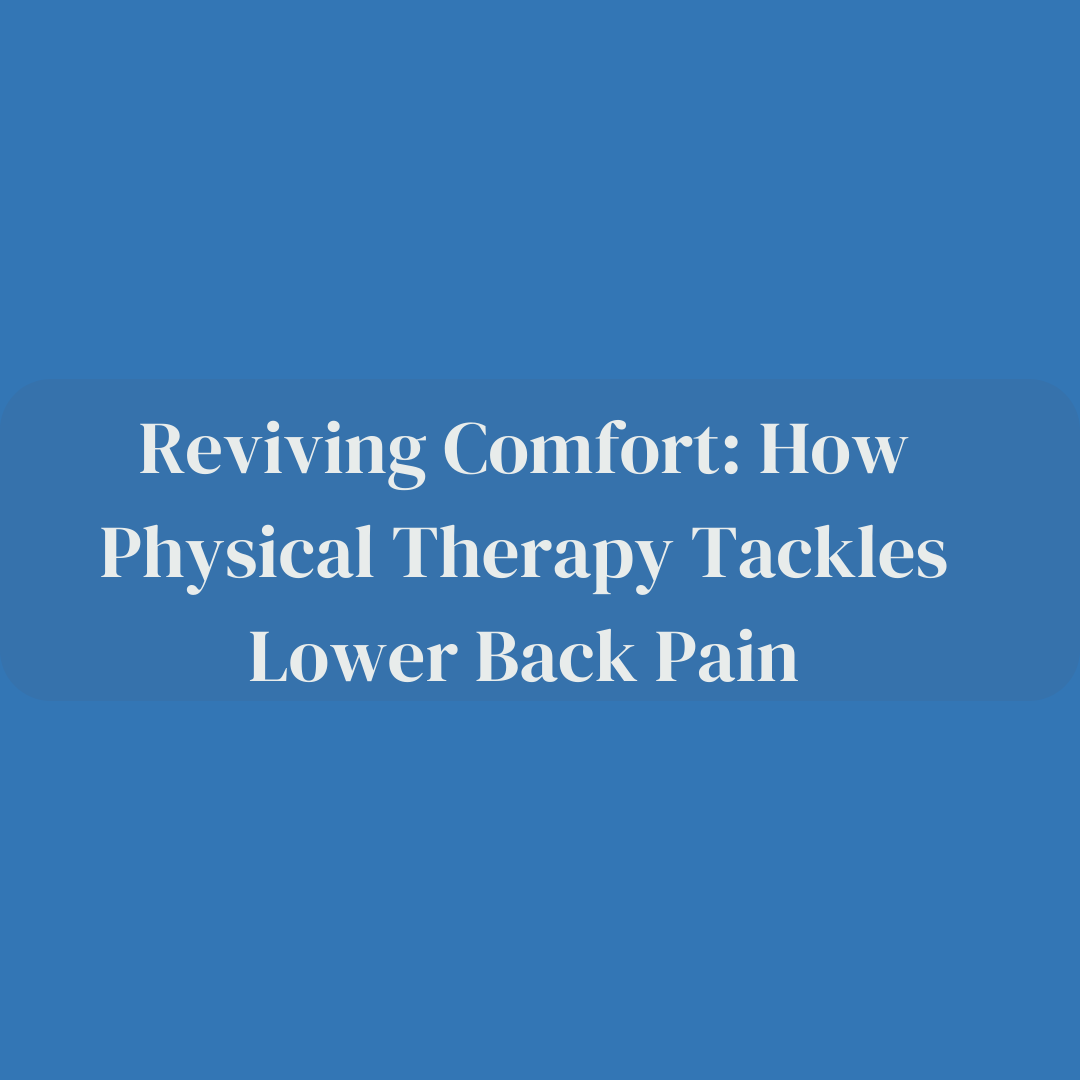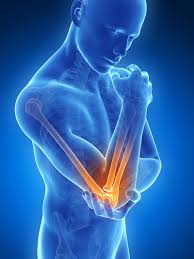Elbow pain can significantly hinder our daily activities, from simple tasks like lifting objects to more complex movements like playing sports. Understanding the causes and seeking proper treatment is essential for a pain-free, functional life. In this blog post, we’ll delve into the various causes of elbow pain and explore effective physiotherapy treatments and management techniques.
Common Causes of Elbow Pain
-
- Tennis Elbow (Lateral Epicondylitis) Tennis elbow is a condition where the outer part of the elbow becomes painful and tender. It is often caused by overuse of the forearm muscles and tendons.
-
- Golfer’s Elbow (Medial Epicondylitis) This condition affects the inner part of the elbow and is caused by repetitive stress on the forearm, leading to pain and inflammation.
-
- Elbow Bursitis Elbow bursitis occurs when the bursa, a small sac of fluid located on the tip of the elbow, becomes inflamed. This can result from trauma or repetitive pressure on the elbow.
-
- Strains and Sprains Overexertion or sudden twisting motions can lead to strains (stretching or tearing of muscles) or sprains (injury to ligaments) in the elbow.
-
- Arthritis Both osteoarthritis and rheumatoid arthritis can contribute to chronic elbow pain. Osteoarthritis results from wear and tear on the joints over time, while rheumatoid arthritis is an autoimmune condition that leads to inflammation of the joints, including those in the elbow.
-
- Nerve Compression (Cubital Tunnel Syndrome) This condition arises when the ulnar nerve, which passes through the cubital tunnel (a narrow passageway on the inner side of the elbow), becomes compressed or irritated. This can lead to pain, numbness, and tingling sensations in the arm and hand.
Physiotherapy Treatment Approaches
-
- Manual Therapy Skilled physiotherapists use hands-on techniques to mobilize joints and soft tissues. This helps improve range of motion and alleviate pain. Techniques like joint mobilization, soft tissue massage, and stretching exercises are commonly employed.
-
- Therapeutic Exercises Tailored exercises strengthen the muscles around the elbow, providing support and stability. These exercises also improve flexibility. Physiotherapists create customized exercise programs based on the specific needs of the patient.
-
- Ultrasound and Electrotherapy These modalities can aid in reducing pain and inflammation. Ultrasound uses sound waves to stimulate tissue healing, while electrotherapy utilizes electrical currents to promote muscle function.
-
- Ergonomic Education Learning proper body mechanics and ergonomics can prevent further strain on the elbow during daily activities. Physiotherapists offer guidance on posture and movement to minimize stress on the affected area.
-
- Customized Bracing or Splinting Depending on the specific condition, a brace or splint may be recommended to provide support and limit excessive movement. These aids help stabilize the affected area, allowing for proper healing and pain management.
Management Techniques for Elbow Pain
-
- Rest and Immobilization Giving the affected elbow ample rest and avoiding activities that exacerbate the pain is crucial for recovery. In some cases, immobilization through the use of a brace or splint may be recommended.
-
- Cold Compresses Applying cold packs can help reduce inflammation and alleviate pain. Use a cloth or towel to protect the skin and apply for 15-20 minutes at a time. Cold therapy can be particularly effective in the early stages of injury.
-
- Pain Management Over-the-counter pain relievers, under the guidance of a healthcare professional, can provide temporary relief. Nonsteroidal anti-inflammatory drugs (NSAIDs) can help reduce pain and inflammation.
-
- Heat Therapy Warm compresses or warm baths can help relax the muscles and ease discomfort. Heat therapy improves blood flow to the area, promoting healing and relaxation of tense muscles.
-
- Postural Awareness Maintaining good posture and avoiding prolonged periods of strain on the elbow can aid in preventing future issues. Proper ergonomics at workstations and during activities can significantly reduce the risk of elbow pain.
Conclusion
Elbow pain can be a debilitating condition, but with the right approach to treatment and management, individuals can regain functionality and live pain-free. If you’re experiencing persistent elbow pain, seeking the expertise of a physiotherapist is crucial for an accurate diagnosis and tailored treatment plan. Remember, early intervention can lead to a quicker and more complete recovery. Don’t let elbow pain hold you back from the activities you love.
Contact us at +91-8217855954 or visit our website www.swastyaphysio.com to book your appointment.
Banaswadi | HBR layout | Kalyan Nagar | Kammanahalli | Horamavu | Hennur






